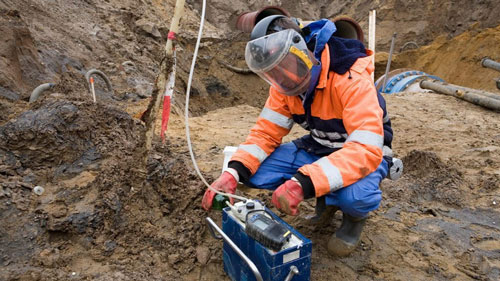NEW research has identified an association between heavy metal and radioactive soil pollution and the antibacterial resistance of bacteria living in that soil.
The research adds weight to earlier findings. Indeed, previous research suggests that because bacteria adapt to heavy metal and radioactive pollution, they also develop antibacterial properties.
Antibiotic resistance is a major global health crisis. The World Health Organization (WHO) describe it as “one of the biggest threats to global health, food security, and development today.”
Humans depend on antibiotics to fight bacterial infections. They are crucial for modern medicine and have saved countless lives. Common infections and injuries can be fatal without antibiotics.
Humans also use antibiotics for agriculture. For instance, farmers routinely give antibiotics to animals to maximize yield.
However, bacteria are able to develop resistance to antibiotics, rendering particular antibiotics less effective or completely useless.
Alongside the indiscriminate and inappropriate use of antibiotics, there is also evidence to suggest that certain pollutants can inculcate antibacterial resistance.
“The overuse of antibiotics in the environment adds additional selection pressure on microorganisms that accelerates their ability to resist multiple classes of antibiotics. But antibiotics aren’t the only source of selection pressure.”
He adds, “Many bacteria possess genes that simultaneously work on multiple compounds that would be toxic to the cell, and this includes metals.”
WEIGHT LOSS IN YOUNG ADULTS WITH OBESITY MAY HALVE MORTALITY RISK
A study has found that people whose weight reduced from indicating obesity to indicating overweight between early adulthood and midlife had a halved risk of dying during the follow-up period.
The World Health Organization (WHO) estimate that the global prevalence of obesity has almost tripled since 1975. In 2016, more 650 million adults had obesity.
In the United States, the prevalence of obesity among adults increased from 30.5% to 42.4% of the population between 1999 and 2018.
Obesity is associated with an increased risk of heart disease, stroke, type 2 diabetes, and some types of cancer, making it a major cause of preventable premature death.








